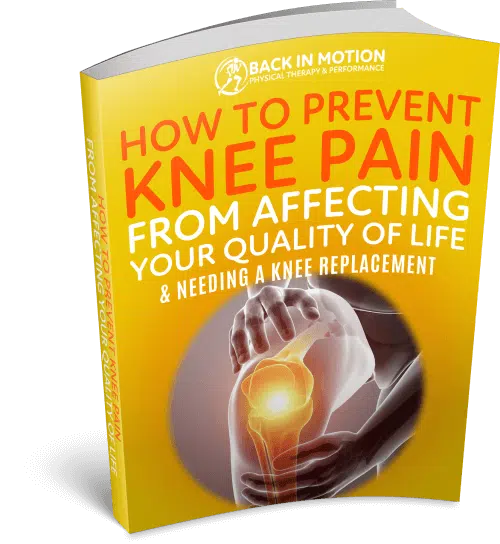Training for Speed (Part 2: Getting Strong to Get Fast)
As you saw in Part 1 of our Training For Speed series, there are three components to a well-rounded sprint training program:
- Strength Training to Develop Relative Strength
- Power and Plyometric Training for Increased Muscle Contraction Speed
- Speed and Agility Drills for Technique Development
Today we are taking a look at developing your relative strength for speed training.
Put simply…. You need strong muscles that will help propel you forward in sports.
Why Strength Training is Important for Speed Training?
Strength training benefits include
- Reduced injury risk
- Stronger muscles
- Increased lean muscle mass
- Higher and faster rates of muscle activation
While some of these benefits may not seem directly related to improved speed, each has very direct benefits for increased speed.
1) Reduced Injury Risk
If you are injured, you can not practice and train for your sport. If you have to sit out, you will not improve.
Not only does strength training reduce risk of muscular strain and sprains, but it also increases the strength and durability of your ligaments and tendons.
2) Stronger Muscles
Athletic movements are all about being able to manipulate and propel your body in different directions.
The stronger you are relative to your bodyweight, the easier it is for your muscles to move your body.
3) Increased Lean Muscle Mass
Decreasing body fat and increasing lean muscle mass (to an extent) lead to improved performance in speed, power, and agility movements (i.e., running, jumping, cutting).
However, depending on the sport and position within the sport, the levels of recommended body fat and lean mass can change.
4) Higher and Faster Rates of Muscle Activation
Your muscles are activated through electrical signals sent from your brain to your muscles.
The faster and stronger your body can send those signals, the faster and stronger your muscles will be able to contract.
Strength training is one of the most effective ways of improving your body’s ability for signaling muscle contractions.
So What Movements Should You Strengthen?
So now that you know a little more about why strength training is important for speed training. What should this actually look like?
As an athlete, you need to make sure that the movements you perform relate directly back to your sport.
The basics movement patterns for athletes include:
- Triple Extension
- Squatting
- Hinging
- Lunging
- Pushing
- Pulling
- Rotating/Anti-Rotation
- Locomoting
Triple Extension movements include: Jumping, and Clean and Snatch Variations.
Squatting movements include: Back Squats, Front Squats, and Split Squats.
Hinging movements include: Deadlifts, Bridges/Thrusts, and Swings.
Lunging movements include: Lunges, Step-Ups, and Step-Downs.
Pushing movements include: Bench Press and Overhead Press Variations.
Pulling movements include: Chin-Ups, Pull-Ups, and Row Variations.
Rotation/Anti-Rotation movements include: Twists, Rotational Throws, and Plank Variations.
Locomoting movements include: Runs, Bounds, and Carries.
How to Increase Your Strength?
The below questions help determine how you should strength train:
- How much strength training experience do you have?
- What point of your sports season are you in?
For novice trainees and off-season training, the goal should be to increase muscle mass and strength.
For advanced trainees and pre-season training, the goal should be to mainly increase strength and power.
For in-season training, the goal should be to maintain strength and power.
The following chart provides an idea of what each of these may look like.

It is not only enough to throw in random loads, reps, and sets into your training program.
There needs to be a strategic approach to your training, with specific weeks and months dedicated to specific goals.
This is where periodization of training comes in!
Periodization is a systemized plan of training, ensuring that you focus on specific goals at specific times of your training period.
We will write a more comprehensive blog on the periodization of training in a later blog post.
Summary of Strength Training for Speed
When structuring your training programs, you need to make sure you are hitting the different movement patterns and training based on your current training experience and sport season.
In Part 3 of the series, we will look at “Develop Your Power for Speed Development”.









